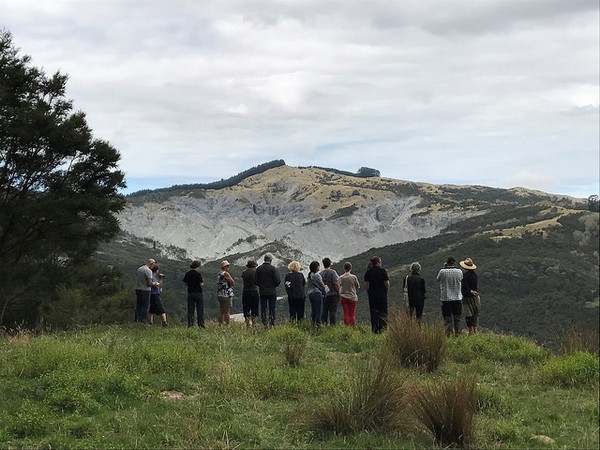Adaptive governance for transformational change

Environmental problems today are complicated. They involve clashing public perceptions, moving targets, differing stakeholder aspirations, and long-term time-frames that often stretch over generations. They are also multidimensional, with multiple causes, impacts, parties and shifting objectives.
Where do we even begin to address problems like these? A Scion-led team is exploring how adaptive governance approaches can be used to make transformational progress on complex environmental problems.
The approach
Adaptive governance has been used to address a number of environmental problems around the world. The concept is founded on recognising the complexity of social-ecological problems and advocating for a flexible and collaborative approach to help solve them.
One of the benefits of adaptive governance is that it rejects a “one-size-fits-all” approach. Instead, adaptive governance methods hinge around building mutual understanding, promoting joint learning, developing ongoing dialogue, and creating a safe space for experimentation. These foundations allow decision-makers to more easily adapt to changing environmental circumstances.
The problem
The Waiapu catchment is facing some of the most severe erosion rates in the world, with grim consequences for catchment health and the people who live there. To combat the erosion, the Ministry for Primary Industries, Gisborne District Council and Te Runanganui o Ngāti Porou signed a 100-year Memorandum of Understanding (MoU) in 2014 with an aim of restoring the catchment and achieving their goal ‘healthy land, healthy rivers, healthy people.’
To help make progress toward this goal, Scion launched a research programme in 2015 to test a series of adaptive governance tools for environmental problem-solving. The team designed a series of role-playing simulations, a social network analysis, ran regional and national forums and will produce a set of adaptive governance guidelines that can be applied elsewhere.
The toolbox
Throughout the research programme, the team ran three role-playing simulations. The simulations prompted participants to think about their approach to problems from another perspective and increased their understanding of each stakeholder’s outlook.
The team also undertook a social network analysis. This involves mapping out relationships between people, groups and organisations. The information is used to help community members identify their influencers and leaders, while also learning who has skills and knowledge in different areas and what the gaps are.
Running regional hui was another way the research team was able to give a voice to the stakeholders affected by the issues in the catchment. The team then took those views, and relayed them to the joint governance group responsible for overseeing the MoU. National hui were also carried out, with the idea of helping researchers in New Zealand understand how we can use adaptive governance.
Wrapping up
This programme concludes in late 2018. The final piece of work to be completed is for the team to produce ‘Good practice guidelines for adaptive governance’. Programme leader Sandra Velarde says, “Our guidelines will help to facilitate debate and give agencies and communities the tools to better understand each other. The aim is to help plant more seeds for transformational change”.
